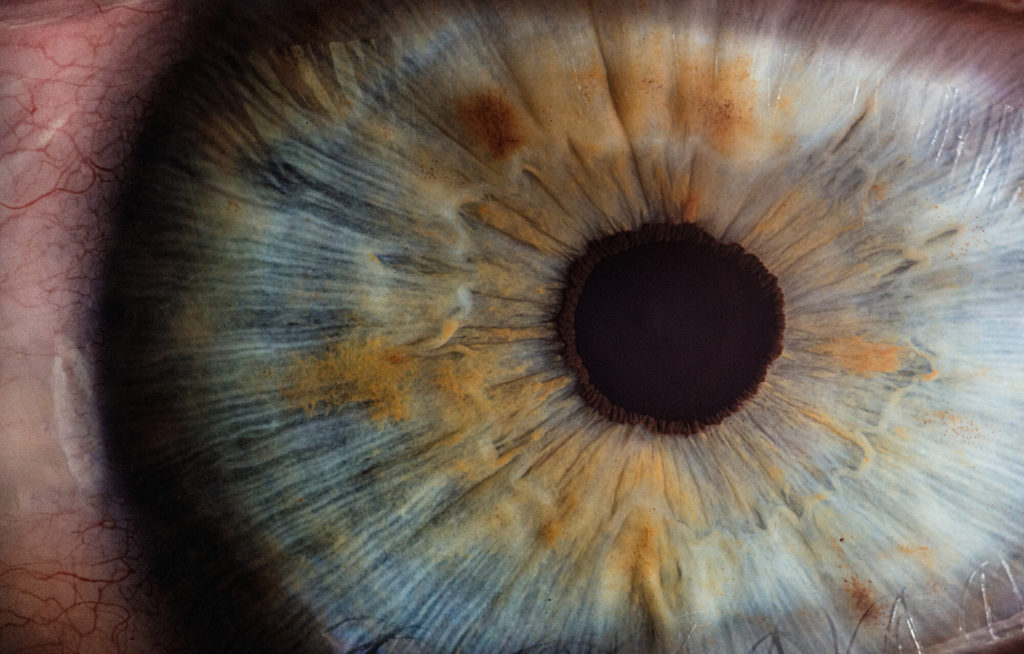Eyecare is one of the top health priorities for people of all ages. Still, nearly 12 million Americans over the age of 40 have some vision impairment. Including those are 8 million who suffer from uncorrected refractive errors while nearly 1 million are blind.
Additionally, 6.8% of children under or at the age of 18 have some eye or vision problem in the US. There are various treatment and diagnosis techniques for eye and vision-related problems, disorders, and diseases. Dilation of the eye pupil is one of them (i.e., testing and treatment options).
What Happens in a Dilation Test?
Dilation involves the use of optic drops to affect the pupils of a patient chemically. The pupils dilate to a relatively large extent allowing more light to pass through the eye to the retina and the optic nerve.
While the dilation effects may last somewhere between 4-24 hours, the initial effect itself can take up to 20 to 30 minutes, as the American Academy of Ophthalmology suggests. Dilation allows a relatively wider view into the back of a patient’s/subject’s eye. Subsequently, the doctor can assess the eyes for any possible conditions or diagnoses.
Is Dilation a Treatment for Any Condition?
Dilation is a common treatment for lazy eye, also known as Amblyopia. In addition, it is also viable for treating eye inflammation, though it requires medical discretion.
Which Conditions Typically Require an Eye Dilation Test?
Age-Related Macular Degeneration (AMD)
Not only AMD but also diabetic retinopathy is related to damage to the blood vessels and cells around the retina. In both eye conditions, dilated eye pupil exams help in the diagnosis and severity assessment.
Glaucoma
Glaucoma refers to the damage to the optic nerve. It is at the back of your retina, which is also at the back of your eye. The said nerve carries visual information to the brain in the form of electric signals. Various studies and medical reviews suggest dilated eye exams are a feasible option for diagnoses.
Other Conditions
Other conditions requiring a dilated pupil exam include:
- Retinal Tear
- Ocular Tumor
- Retinal Detachment
Are There Any Symptoms of Dilation? How Long Can It Last?
The dilation effect can persist for as long as 4 to 24 hours. Therefore, it is common for patients to experience some of the symptoms below:
- Light sensitivity (bright lights such as sunlight)
- Blurred vision
- Trouble focusing on objects nearby
Things to Know Before Your Eye Dilation Test
Due to some of the symptoms above, it is advisable that you request a family member or friend to accompany you to a dilated eye test. Blurred vision, trouble focusing, and light sensitivity can render you unable to drive for a couple of hours. Here are some other things to know when you need dilation:
- Sunglasses for protection against bright lights (sunlight or other)
- Have someone drive you home after your appointment
- Avoid reading and forcefully focusing on nearby objects
Conclusion
Dilated eye tests are one of the many comprehensive eye test options. They reveal important information regarding a person’s eye condition and help doctors suggest necessary treatments. Further diagnoses may be required when a doctor detects a severe eye problem. Therefore, dilation is an important diagnostic measure for eye and vision-related conditions.




